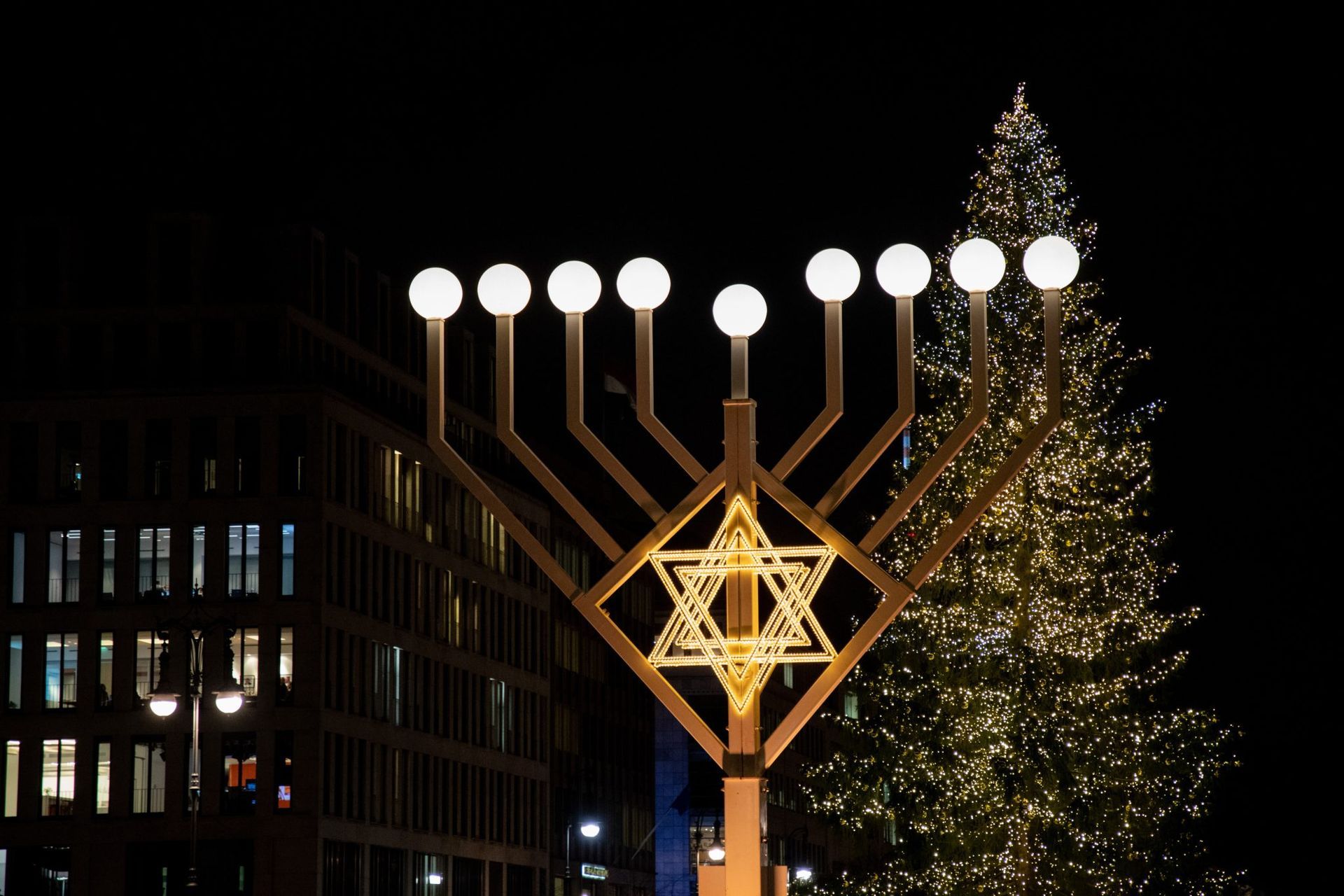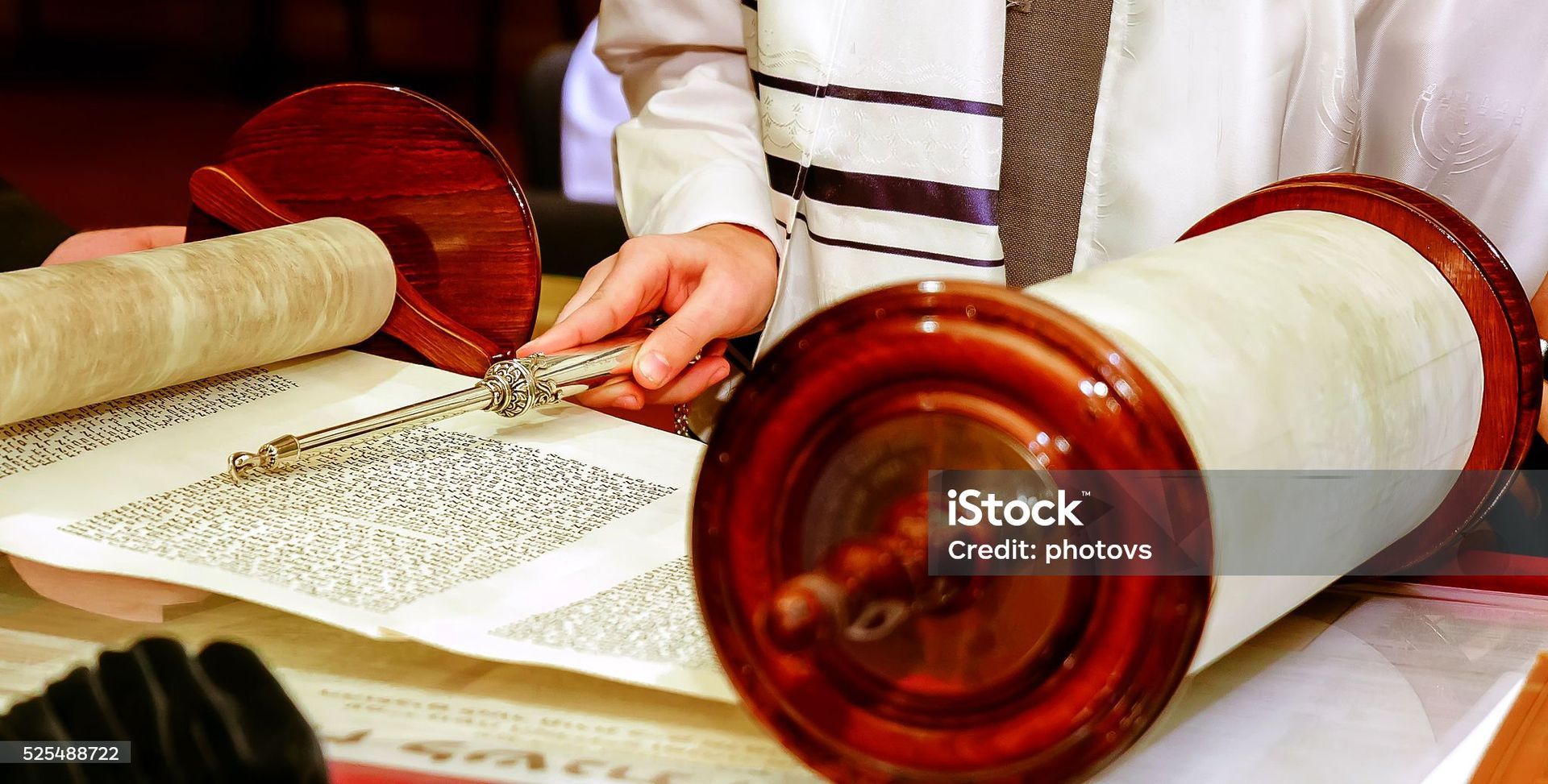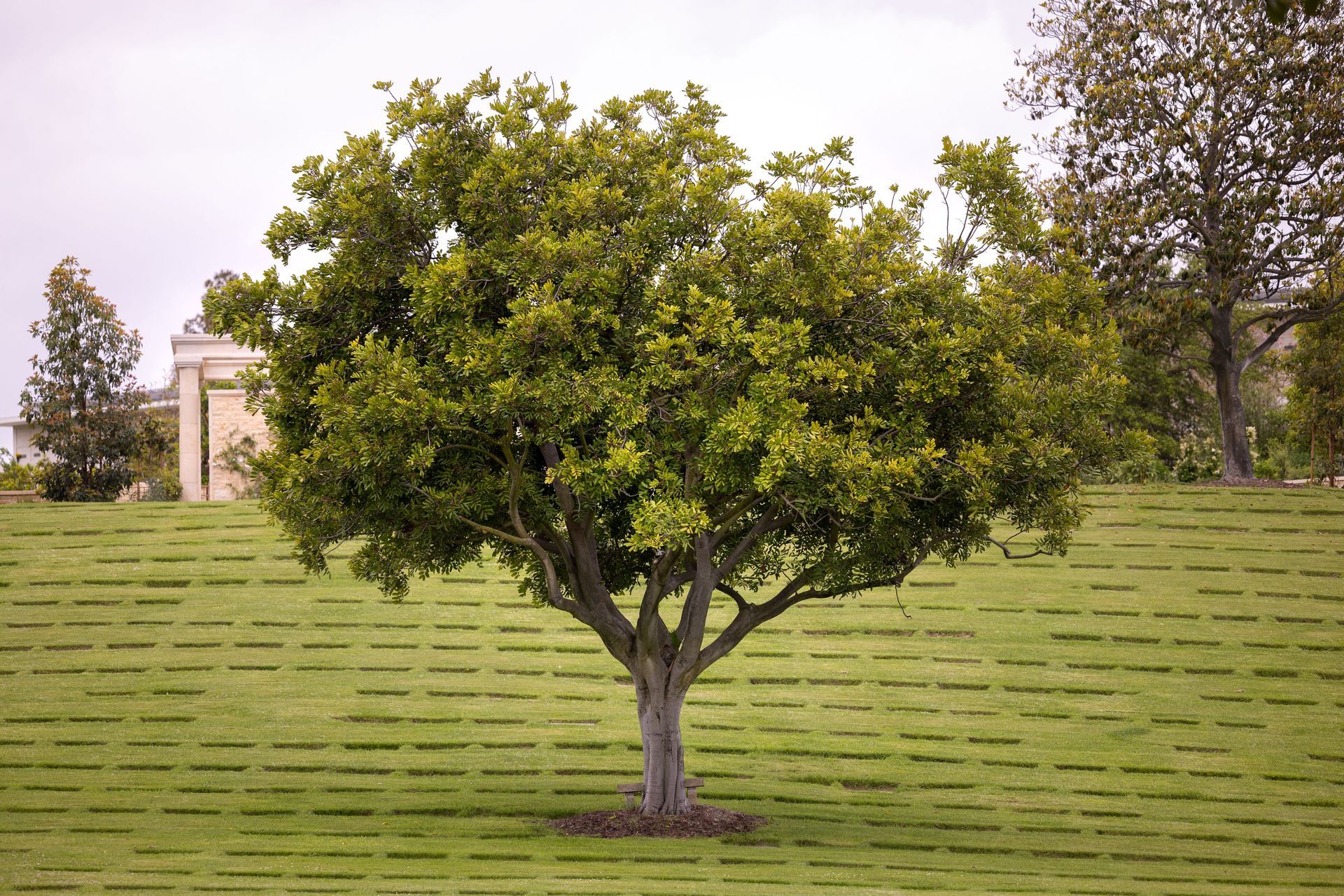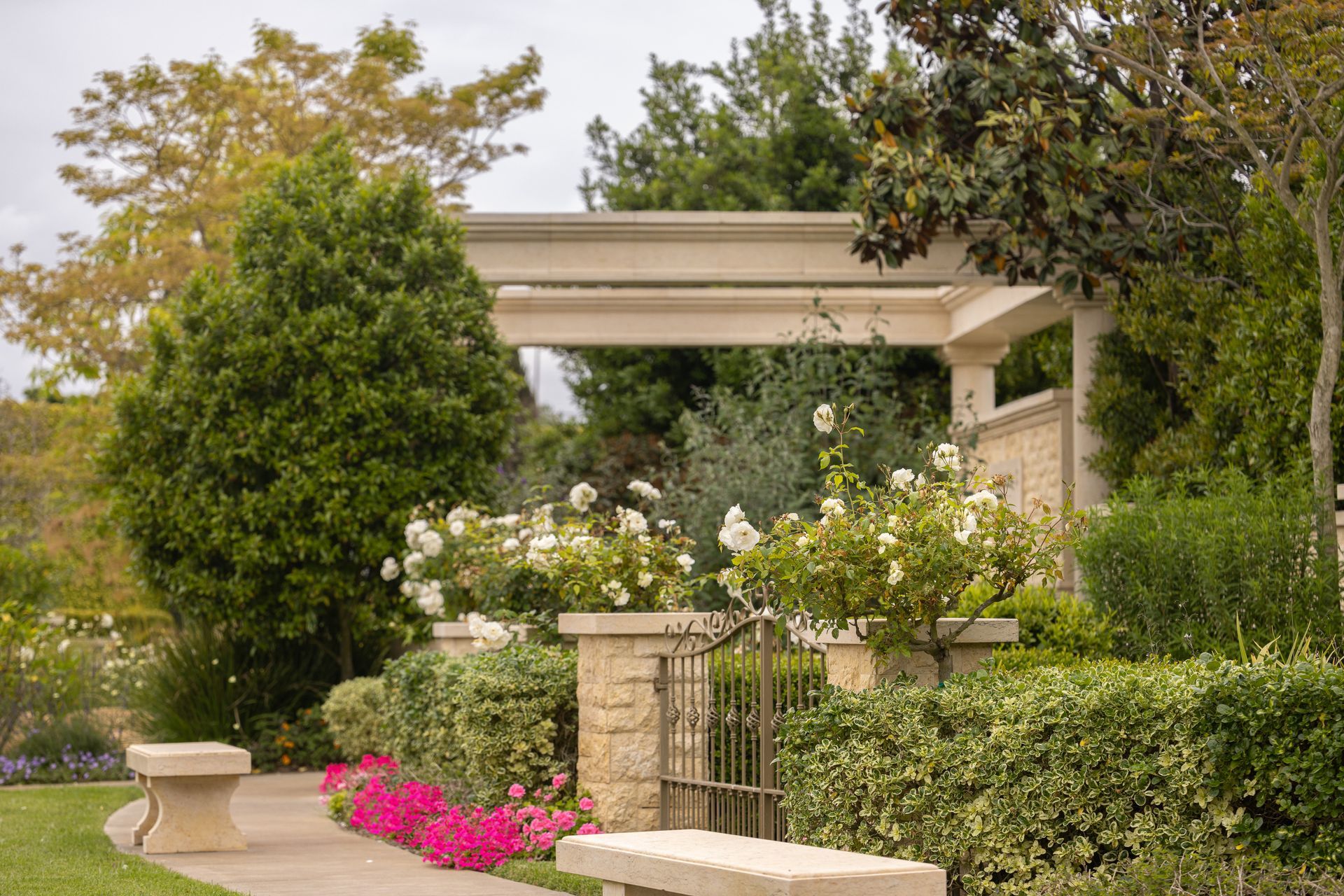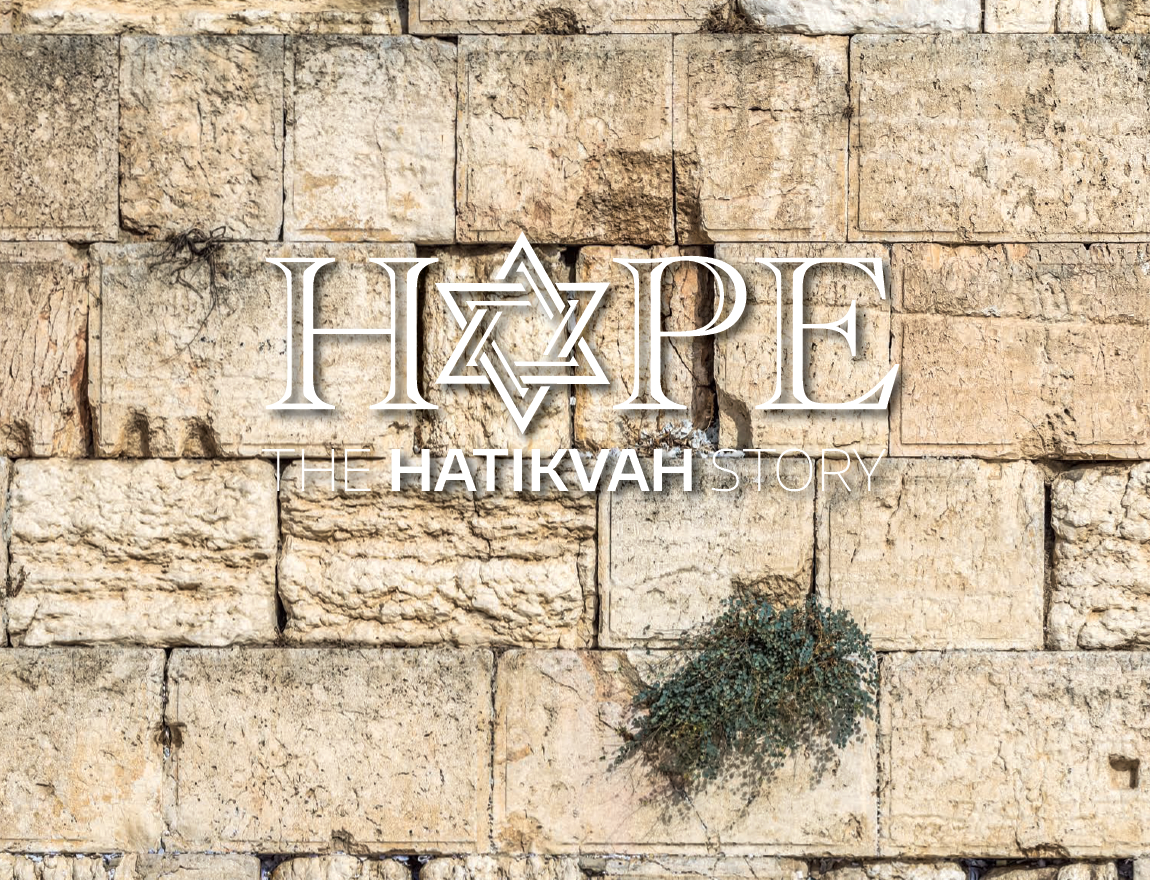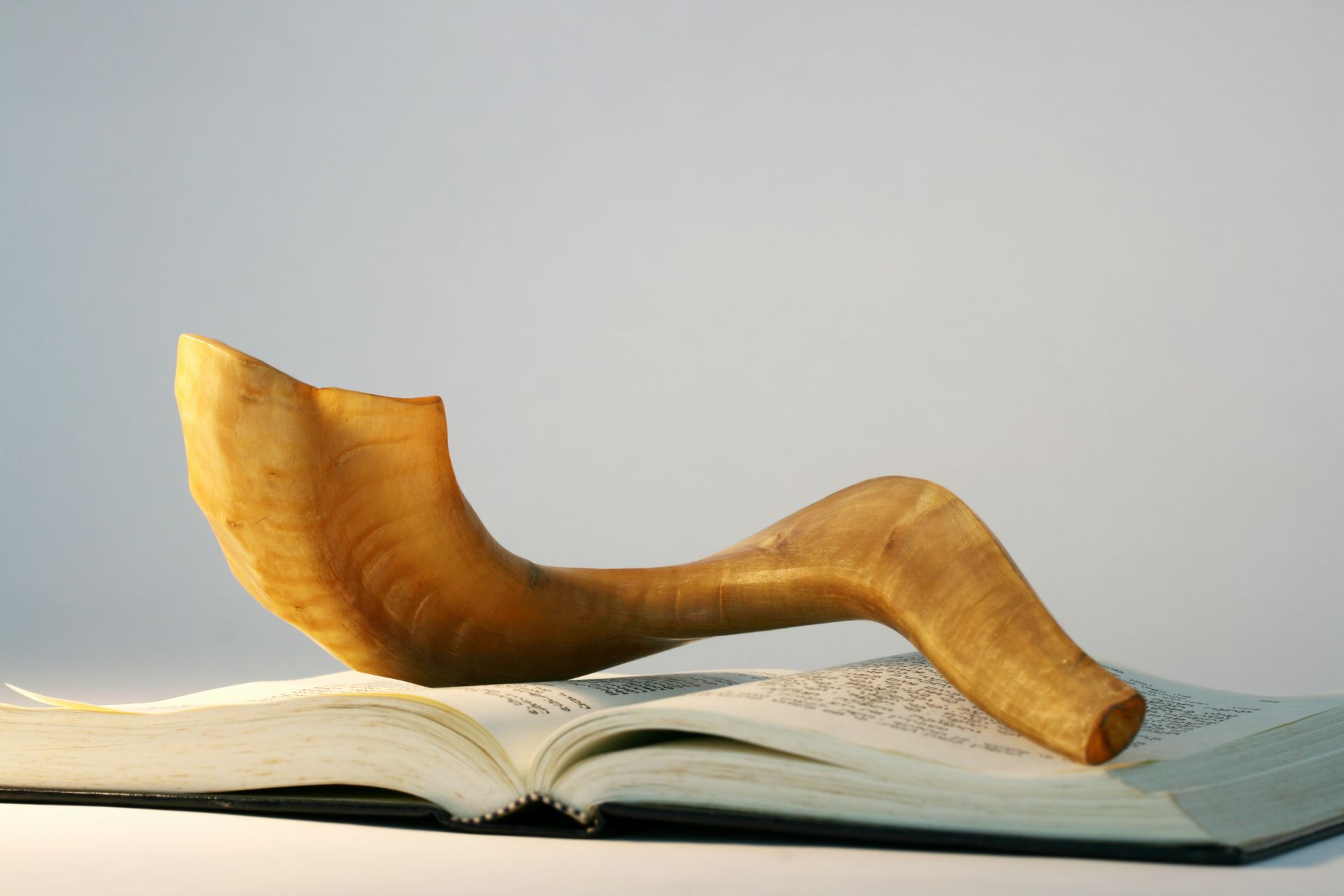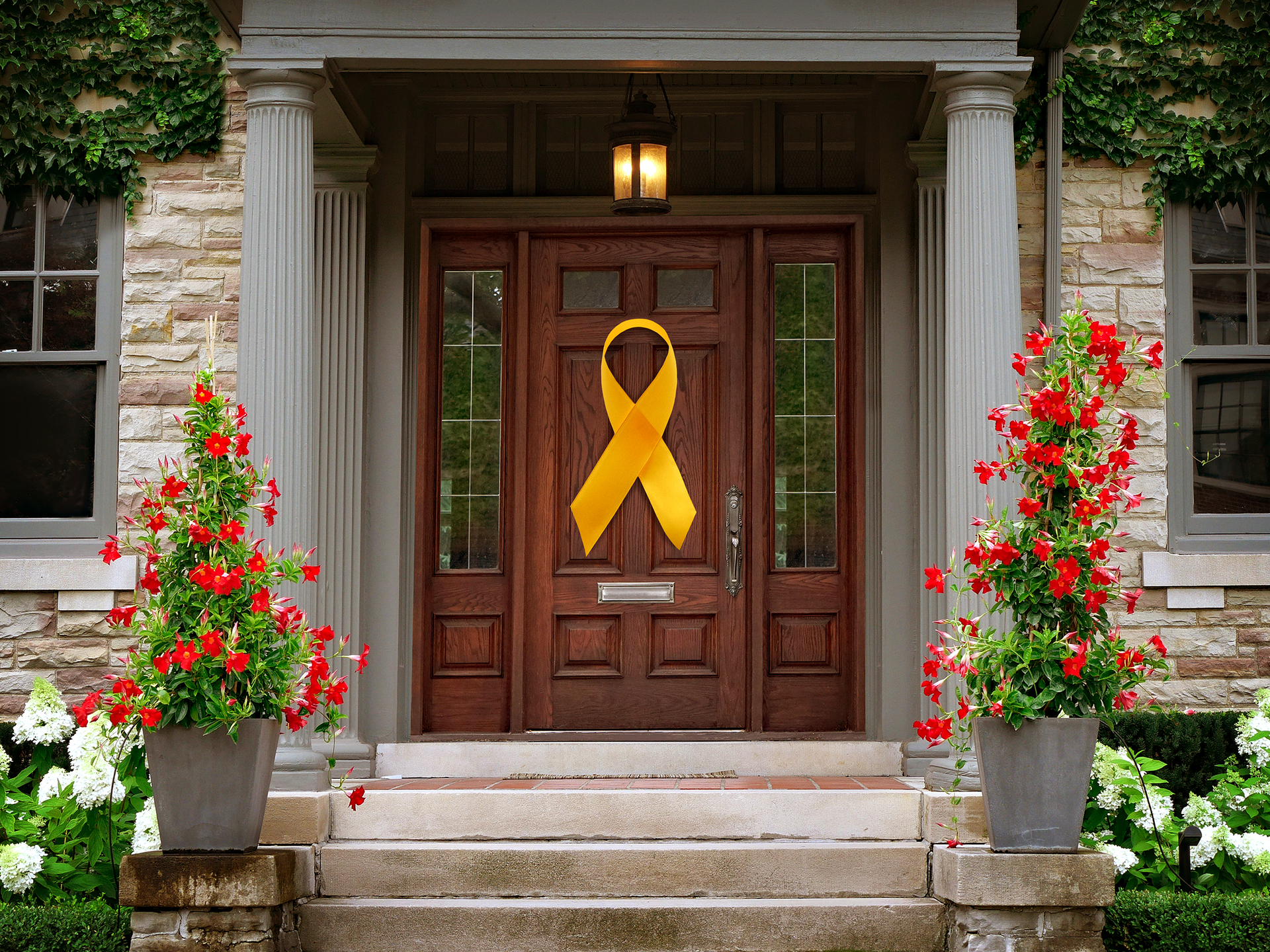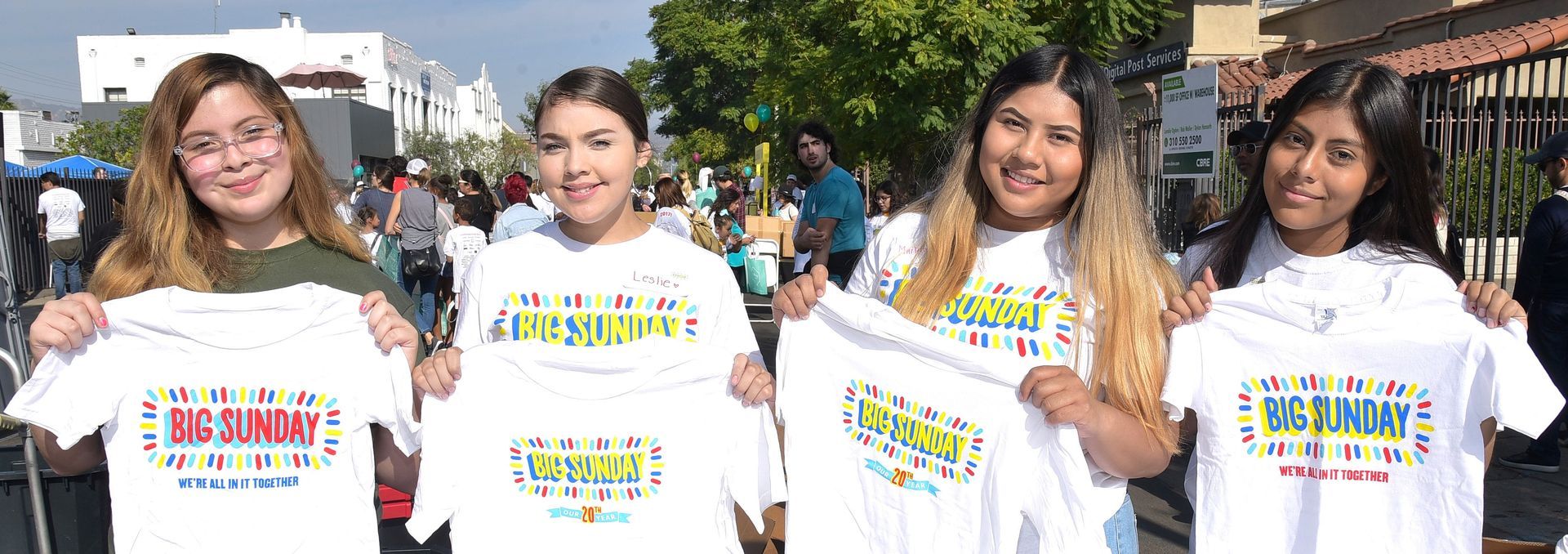By Macy Graybeal
•
December 26, 2025
Bar Mitzvah: Second Time Around Hillside Memorial Park and Mortuary recently invited Dr. Ronald Andiman to share his reflections on celebrating his second Bar Mitzvah at age 83, a milestone rooted in the tradition that a full life spans seventy years. His story moved us with its honesty, gratitude, and sense of rediscovery. Dr. Andiman revisited this rite of passage with intention and maturity, finding new meaning in an experience first shaped in childhood. We are honored to share his words and hope his journey inspires reflection on the many ways life invites us to grow at every stage. We hope you enjoy it as much as we did. Bar Mitzvah: Second Time Around Recently I celebrated my Bar Mitzvah. For the second time. There is a Jewish tradition that measures a full life as 70 years in duration. Therefore, at the age of 83, I was justified in having a repeat Bar Mitzvah. This time, I wanted to make it mine. A Bar Mitvah is a rite of passage. It marks the transition between childhood and adulthood, and while, in the modern world, a 13-year old can hardly be considered an adult, the ceremony at least marks the passageway toward adulthood. Traditionally, it marks the transition from the time when the consequences of one’s behavior are borne by the parent to the time when the consequences of one’s actions are borne by the maturing 13 year old. If that is the premise for the Bar Mitzvah then the preparation for it should reflect the intellectual and psychological issues involved in passing from one life station and another. But my original Bar Mitzvah neither provided me with the opportunity to reflect on the meanings and responsibilities implicit in maturity nor did it provide an opportunity for me to explore the richness of Jewish thought contained in my Bar Mitzvah Torah and haftarah readings. I also felt that very little of my original Bar Mitzvah was my own. I was an actor in a Bar Mitzvah script that was written by others. My first Bar Mitzvah took place at the large Orthodox Synagogue in Brooklyn where I attended Hebrew School and was a member of the junior congregation. At an appointed time, I was instructed to show up at the back of the basement synagogue where I met Mr. Berkowitz, who was soft spoken and patient, and task-driven. He was white haired and bearded with a Yiddish accent. He sat across from me at the long, white sheet-covered table in the back, where old men studied Talmud. From the back of Chumash (the Five books of Moses) , where the cantillated musical forms were written, Mr. Berkowitz chanted, “Munach, munach, r’vi’i” and motioned to me to repeat after him. This was akin to chanting an ancient, esoteric Jewish version of “do-re-me.” My rendition was probably awful. I was notorious for singing off-key. He chanted again and I tried to emulate him more closely. After a few backs-and-forths, he shrugged, raised his eyebrows questioningly, and continued patiently, chanting “Mahpach, pashtah, zakeph, kattan” and motioned me to repeat the melody after him. And so it went. After I barely passed muster on the cantillation I applied the cantillation diacritical marks to the words of the haftarah. Once a week for perhaps six months we went on like this line by line until I could read the words accurately and chant them in my version of the traditional tune guided by the diacritical marks in the text. Next, I learned how to use a somewhat different cantillation for the maftir (last section of the weekly Torah portion) text which I learned to read in the calligraphic form I would encounter when I chanted this directly from the Torah. The task was entirely performative. As a somewhat curious kid I looked at the English translation of the haftarah text which came from the latter chapters of the Book of Isaiah. I could make no sense of it. Mr. Berkowitz did not consider it his job nor, I guess did I, to explain what I was reading. The only Bar Mitzvah task was to read the text flawlessly. I passed with high marks. I had learned the chant and read the assigned text before the congregation. I was a Bar Mitzvah. I breathed a sigh of relief and did not reflect much about this experience, which was identical to that of my friends. It was only in recent years, when I learned of the depth of contemporary Bar Mitzvah preparation for kids and the program of study for those adults doing their Bar Mitzvah for the first time that I saw the possibility of making the Bar Mitzvah experience more meaningful for me by doing it a second time. I approached Rabbi Michelle Missaghieh about my interest in doing a more authentic Bar Mitzvah at this time in my life and she expressed enthusiastic support. There was a wrinkle, however. A Bat Mitzvah – a first Bat Mitzvah-- had already been scheduled for the date of my own Bar Mitzvah anniversary. Rabbi Missaghieh spoke to the family on my behalf and they graciously consented to share the date with me. I was apprehensive that my sharing the bimah (platform) would shift the focus of the congregation from the young woman’s first and perhaps only Bat Mitzvah. I did not want to dull or distract from the significance of the Bat Mitzvah experience for her and for her family and loved ones. I fully embraced these restrictions and later met with the Bat Mitzvah girl and her mother in order to create some ease with each other and to confirm my intention to restrict my participation and in no way to divert attention from her major life-cycle event. The young woman was effervescent and embraced the plan with a full heart. Her mother was warm and welcoming. I felt relieved and reassured. With the guidance of the rabbis, the bat mitzvah girl helped lead the service as is the custom at TIOH. The Torah was passed from her grandparents to her parents to her. She carried it through the congregation, chanted her Torah portion and gave her drash (Torah discussion). Then I was invited to join her and together we recited blessings for the haftarah. I chanted 8 verses of it and gave my own short teaching about what the haftarah meant to me. My much longer reflection on it and the meaning of this celebration was included in a pamphlet with two pictures on the front—one as a bar mitzvah boy and the other as the 83 year old I am now. Rabbi Missaghieh organized a program of self- and interactive study. I labored over the text, researched the context in which it was written, tried to understand the meaning of what Isaiah was communicating to his audience in ancient times and what their experience might have been. I looked at the poetic style and looked at a few different translations to get a sense of what range of meanings one might apply to the text. Over a period of several weeks in a kind of chevruta (traditional paired learning), Rabbi Missaghieh and I shared our thoughts and provoked new ones. I then wrote an essay that organized my reflections. This was published in a booklet that was distributed to the congregation at the actual Bar Mitzvah ceremony. Since I was asked to read just a few lines from the haftarah, I selected those that were most meaningful to me. I prepared the chanting with the help of an online source, an easily accessible Mr. Berkowitz whenever I needed him. That process was made relatively pain-free by virtue of the fact that I had an original model for how it was done, even though it was a lifetime ago. The process turned out to be more than a do-over, an attempt to “do it right,” or to “do it my way.” I was bringing my adult self back to an experience of transition but this time it was not from childhood to adulthood but from adulthood to another stage of adulthood. I felt a sense of gratitude that I was lucky enough to have lived long enough to perform this act, that I was physically and cognitively able to carry it off, that I had a wonderful community of friends and family to bear witness to this new rite of passage. It was an acknowledgment that each day we open our eyes to a renewed universe, in a body reborn to meet the day with a refreshed sense of possibility. On one level I was carrying out my mission to self-correct the limitations of my original Bar Mitzvah, but on another level I was completing my original Bar Mitzvah. I couldn’t have done this one without having done the original at age 13. That event in 1955 contained the seeds of this one. It was the source of the skills and was the kernel of yearning to learn more, to understand more, to engage more. The 70-year process of fruition was capped with a spiritual experience. When the Rabbi pronounced the priestly blessing with her fingers spread over me in the ancient pattern, with the tallit extended over my head, I felt something come over me. Somehow I experienced myself in the full landscape of my journey and I felt…new.
